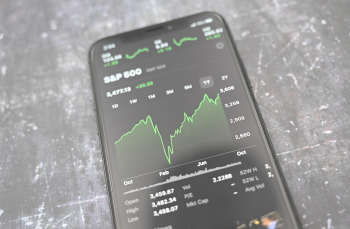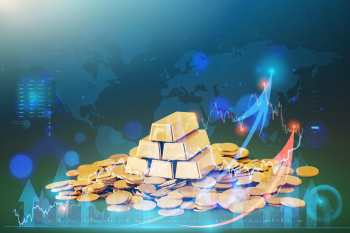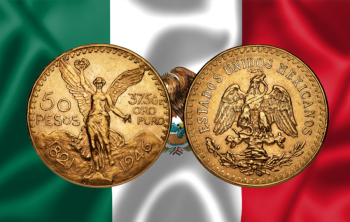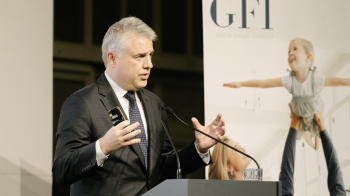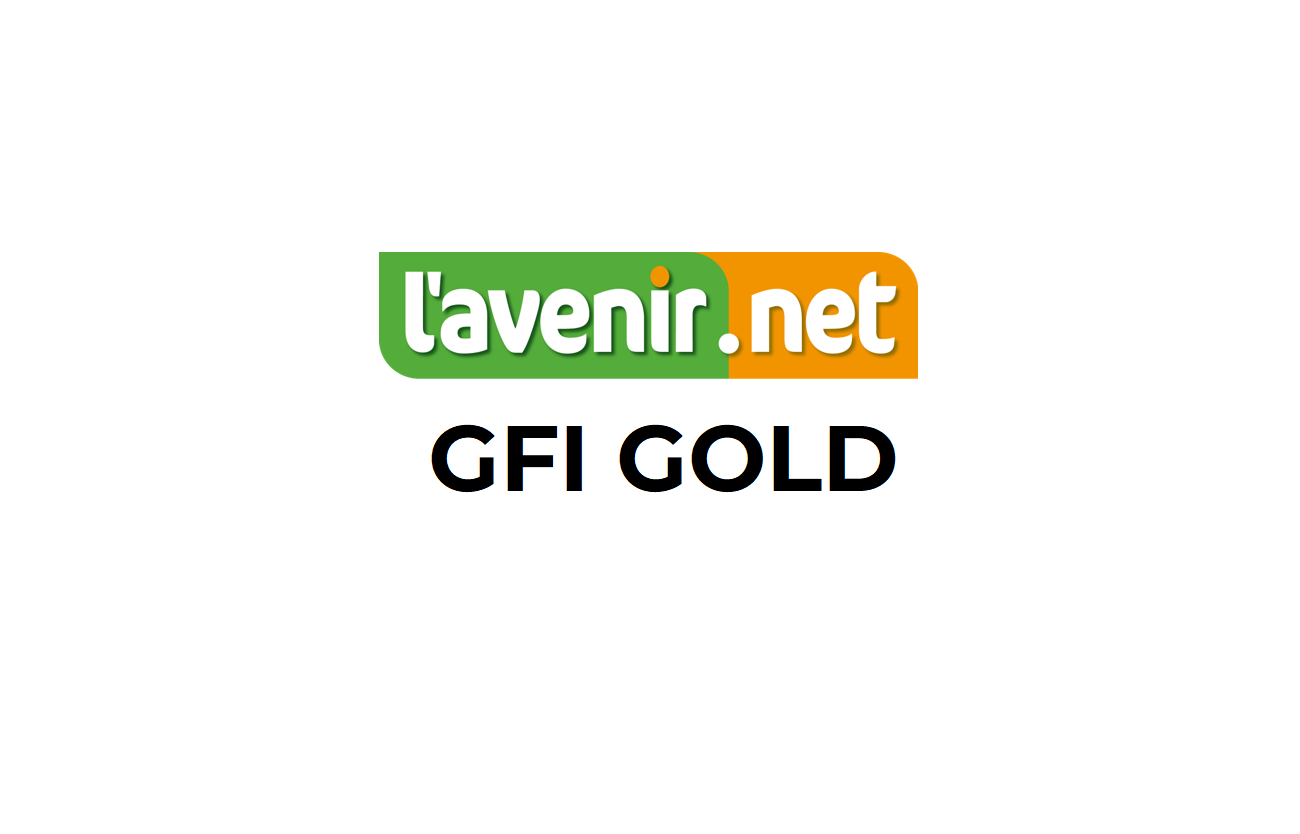
In recent weeks, demand for gold has literally soared, and its price has followed suit. The price of the yellow metal hassurpassed the 2,000 dollars an ounce mark, and is now at 2,050 dollars. This meteoric rise can be explained by a combination of factors, starting with geopolitical tensions in the Middle East. In particular, investors fear that the war between Israel and Hamas could turn into a regional conflict, involving countries such as Iran. "Gold generally benefits from a troubled geopolitical context. When tensions are high, the price of gold tends to rise, as investors move towards what are considered to be safe havens", explains Charlotte de Montpellier, an economist at ING. Given that gold is a real, tangible asset, it benefits from this kind of situation". A similar trend was observed when war broke out in Ukraine. "However, these are often short-term effects. The war in Ukraine is less recent and has faded into the background. In the case of gold, it's really the new elements that will influence fluctuations in value.
Favourable rates
Another argument - and not the least - to explain this surge in the price of gold: interest rates, which are set to fall. "Unlike equities or bonds, there is no return on gold. It may increase in value but it doesn't earn anything from day to day. What generally happens is that gold takes advantage of a situation where interest rates are set to fall, or at least to stop rising. And that is precisely what is happening at the moment: "The central banks have increased their rates considerably, and they have reached a kind of maximum. We now know that the next stage will be a fall in rates, and this prospect is good for gold.
Finally, there is the attitude of certain central banks that have bought gold on a massive scale. "This is particularly true of the Chinese and Russian central banks. The Russian central bank has bought gold to try to maintain its value, given that it no longer has easy access to the global financial system", continues the economist. And we're not just talking about a few bars: "In the last quarter, central banks bought 370 tonnes of gold on the market, which is a colossal amount," explains Alexandre Convent, a director at Gold & Forex International in Brussels. Given the very high demand from these central banks, the price of gold has also risen. "But it is really the combination of these three factors - interest rates, the geopolitical context and central banks - that justifies the surge we are currently seeing. A situation that is likely to continue? According to Alexandre Con- vent, "all the indicators are green". Charlotte de Montpellier, for her part, expects gold to remain very positive for another three to five months. "I'm not saying that we should be betting on a new record for gold in 2024, but it's clear that things should remain buoyant at the start of the year.
Investing in the yellow metal: a good idea?
Is it worth investing in gold? The answer is obviously nuanced. With the recent rise in the price of gold, Alexandre Con- vent has seen a fair number of salesmen pushing open the door of his bureau de change to reap the benefits of their investment. "As gold has reached a very high level, some people have said that now is the time. It's worth noting that we soon saw a 10% rise. Despite this phenomenon, we also have a lot of people taking a longer-term view, given that gold is a defensive store of value." New buyers have also come forward: "Between geopolitical tensions, interest rates, and a kind of mistrust of the banking system, some people have started to have doubts, and have turned to gold. On the question of whether the timing is right, I would say that we have people who buy from time to time, who are on the bandwagon, and the trend in the gold price over the last 20 years proves them right. It remains a good safe haven. However, economist Charlotte de Montpellier points out that the only promise of the yellow metal is a potential capital gain. "There is no return on gold, unlike bonds and equities. My advice is to say that gold can obviously play a role in an estate, but it's not the way to go as a single long-term investment. Putting all your assets in gold is very risky because it's volatile". Alexandre Convent believes that it is worth investing between 5% and 10% of your assets, "which is already very good". If you want to take the plunge, the specialist recommends opting for small investment coins, such as the British Sovereign or the Napoleon, worth around €350. "The advantage is that it's easier to resell, transport and share if you have children, for example. For an ounce, like South Africa's Kruger- rand, you'll need to spend around 2,000 euros. Although there are several different types of ingot, a one-kilo ingot costs around €60,000. "If you want to invest a certain amount, my advice would be to do it gradually [...] And between the first and the last kilo, you'll be able to make a lot of money. [...] And between the choice of physical gold or paper gold, I would say that physical gold has the advantage of being tangible, which is reassuring for the investor". If you don't want to keep your gold at home, it's perfectly possible to leave it in the safety of a bureau de change. "Today, quite a few banks no longer offer safe deposit boxes; they have stopped offering this service. But it's still possible with us.
SEE PDF FILE
Report by Céline Demelenne
L'Avenir
2 December 2023

